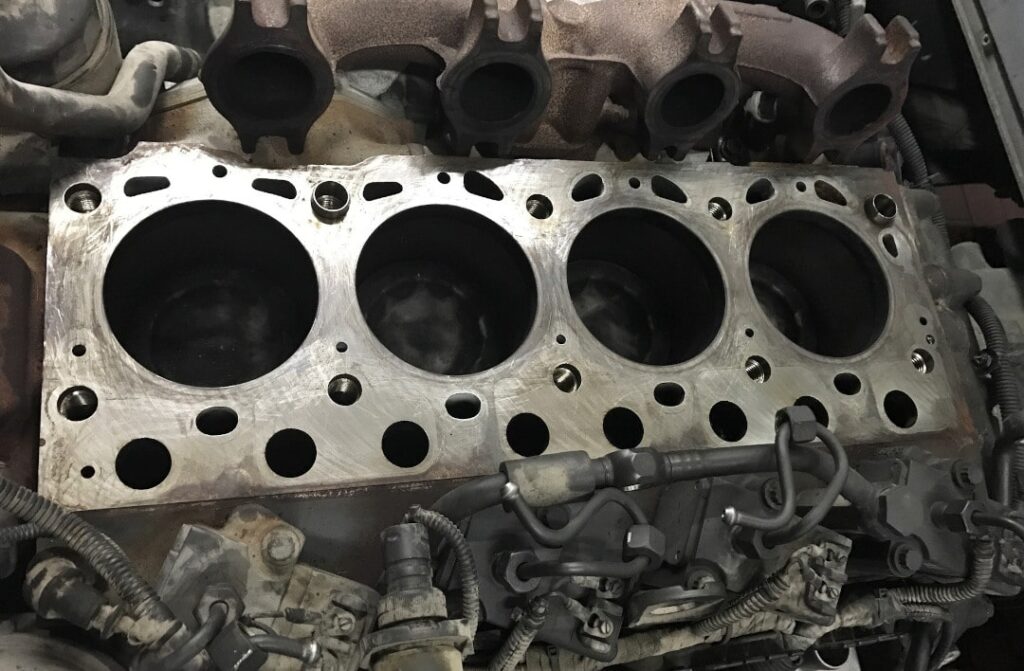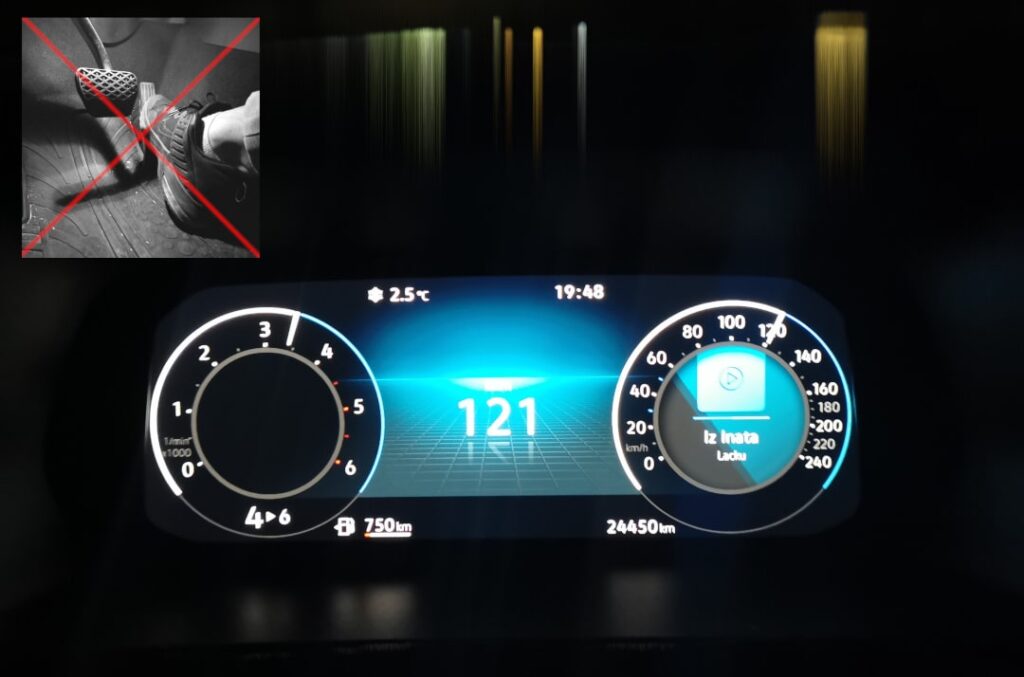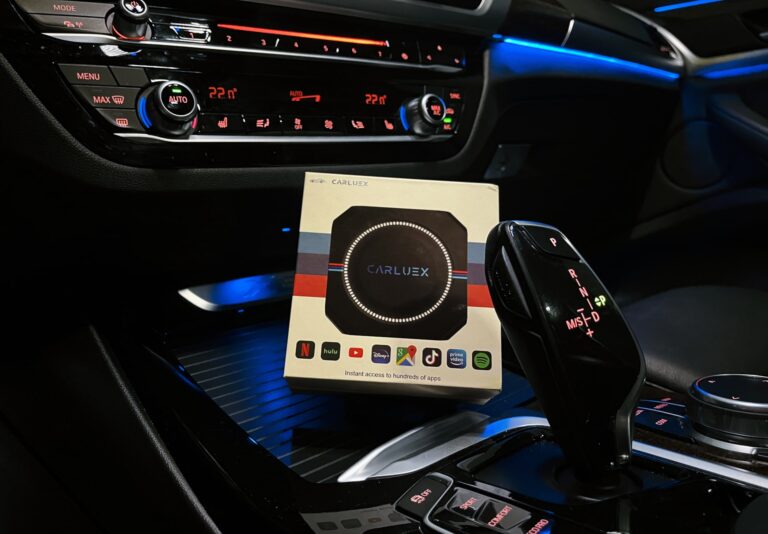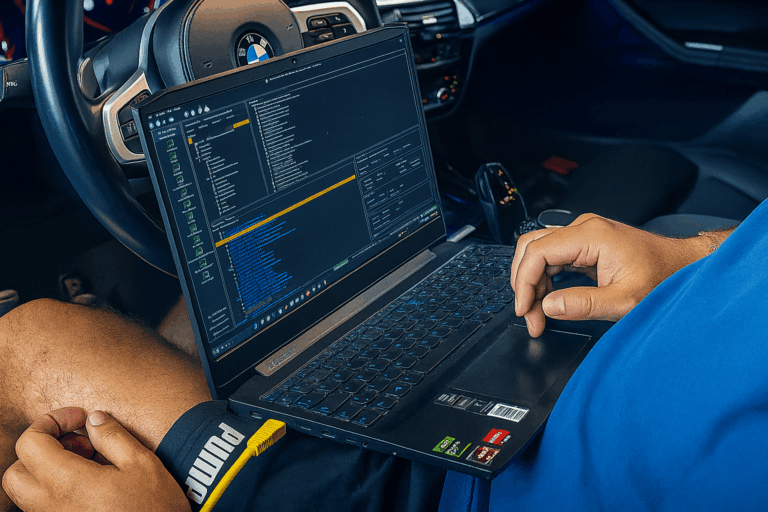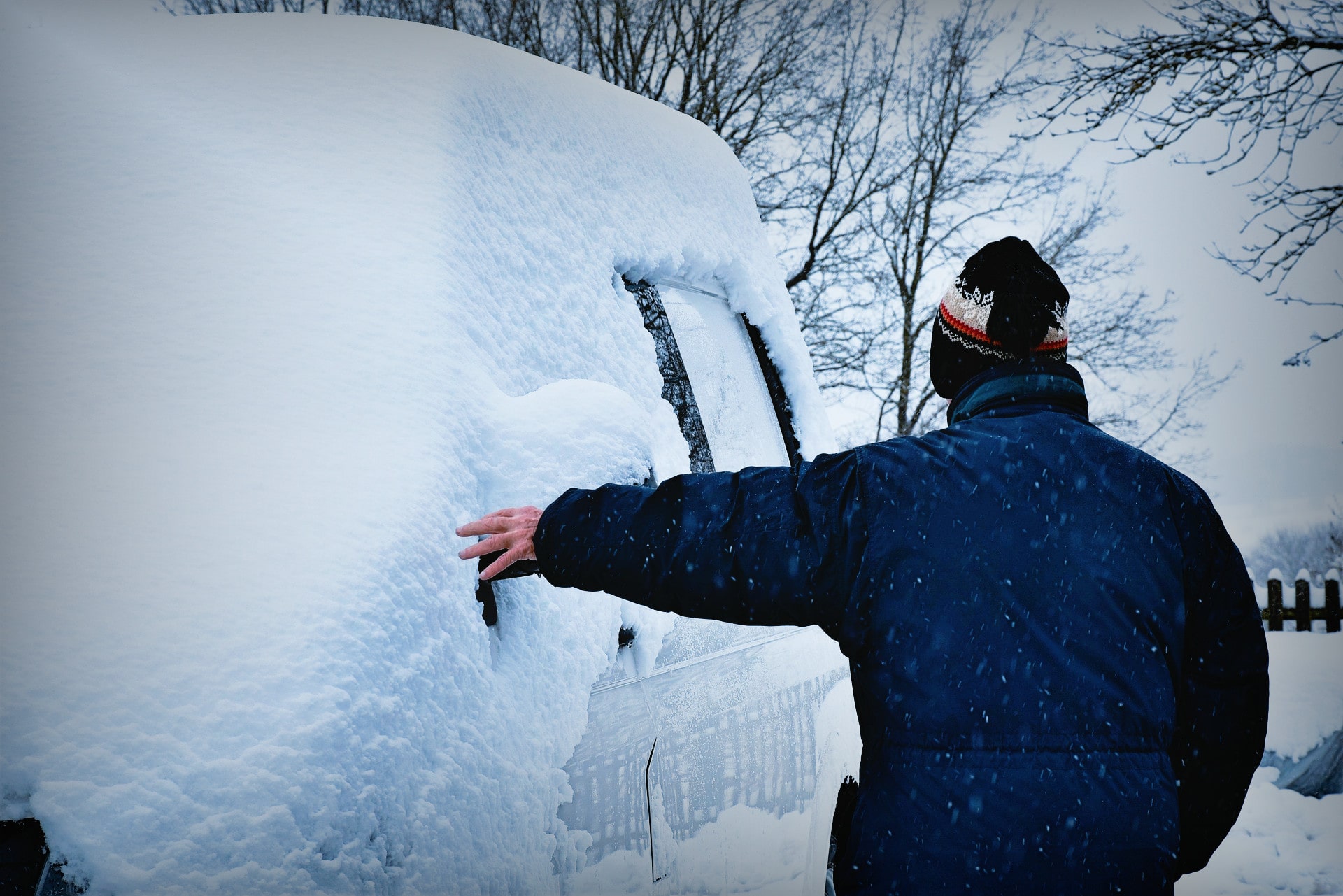
Warming up the Engine
Myths & Facts Explained!
You've probably heard the discussion about whether you should run the engine and warm it up before driving. No one wants to just jump in the car and drive off in the cold winter - and neither does your car. In this article, we'll talk about if, when and why you should idle and warm up your engine. Here we'll clear up all the common myths about warming up the engine and show you why some of these practices are outdated.
Outdated facts and misconceptions
You've probably heard of running your engine at idle after starting it, haven't you? Some of them were formerly legitimatebut many are today as outdated. Even in extremely cold weather. Let's go through some of these reasons to see which ones really make sense.
Vaporized fuel condenses on cooled engine parts?
A valid, albeit outdated argument states that evaporated gasoline condenses on cool engine parts. You may be familiar with this when you pour cold water into a glass and condensation forms on the glass. It happens in a similar way with fuel in the intake ports, on the piston head and on the cylinder walls. In the past, this was especially true for Cars with carburetor and manual choke.
However, modern cars are smart, with Control units (ECUs) and numerous sensors that monitor the engine and regulate cold starts. The ECU adds more fuel and even adjusts the Ignition timing to ensure that the motor runs smoothly immediately.
Modern engines today have a Direct injection, which solves this problem almost completely. So when it comes to proper operation, you need to use one with Do not warm up the fuel-injected engine.
Does the oil have to come up to temperature first?
Another argument concerns the Oil flow. You may have heard that the engine oil should first reach operating temperature, as it does not flow properly when cold and is more viscous. This is true for Engine oils from the 1950sbut modern oils are multigrade oils, specially developed for this purpose. Let's assume you are using a 5W30 engine oil:
The first number is the Winter degreewhich indicates the viscosity at low temperatures - in this case only five. The second number after the W stands for the degree of operation or the viscosity at operating temperatures. In this case 30, which means that the oil has almost the same viscosity or thickness over a wide temperature range. The oil flow is therefore no cause for concern.
What is really important!
Now that the myths have been cleared up, let's look at the points, that actually have an effect on the engine or on the vehicle technology.
Allow oil pressure to build up
The Oil pressure on the other hand, must be built up and distributed throughout the engine so that all components are well lubricated. Fortunately, this happens very fast. The moment when the ignition is switched on Oil or engine indicator light goes out is the time when you can drive off without any worries. The components have already been lubricated in the meantime.
Do not overload a cold engine
However, this does not mean that you should immediately go full throttle. When the components get hot, they expand. There are many critical tolerances that are only then correct, when all components have become hot and extended to their dimensions. If you've ever assembled an engine, you know exactly how tight and precise these tolerances are.
A good example of this are the Distances between your rocker arms, cams, valves and many other parts. We are talking here about 0.03 mm between the cylinder wall and the piston - as thin as a human hair.
So when you get in the car and immediately put the engine under stress, all these engine components are moving at less than ideal tolerances. This will probably lead to accelerated wear or even lead to damage.
Fine for warming up the engine while stationary
Now that we have highlighted the technical aspects, let's take a look at the legal consequences when warming up the engine while stationary. In some regions, it is not only a question of vehicle health, but can also be associated with Fines be punished.
One of the main reasons why prolonged engine warm-up at idling speed should be avoided is the Environment. Many cities and municipalities have issued special ordinances to improve air quality and reduce CO2 emissions.
Leaving the engine running unnecessarily contributes to environmental pollution and often violates local regulations.
The fine for leaving the engine running while stationary is in Germany approx. 80 €whereby in Austria, depending on the region, as little as €150 are. The code even states that penalties of up to 5000 € possible are. However, this penalty is very unusual and is usually due in combination with other related criminal proceedings.
Conclusion: Let the engine warm up when stationary?
Unless your car has a Carburetor with manual choke or you have somehow Engine oil from the 1950s years ago and poured it into your engine (a questionable decision), you don't have to let your car warm up while stationary. Simply hold the speed moderateuntil the Operating temperature is reached, and then you can call up the full power.
Nevertheless, we know that they all have their own Warm-up routines especially in winter. Our personal routine is to wait after the start until the engine speed drops so that we can then drive off slowly at low revs.
If the cooling temperature is within the operating range, full power is called up. If a digital Oil temperature measurement is present, then of course it is all the better or more precise. Scientifically, of course, this is all irrelevant, as already explained in the article. However, it is a Routine and routines are simply part of human nature to this. What is your warm-up routine?
More Articles
BMW Android Auto & Carplay retrofit | Plug & Play | CARLUEX
BMW Android Auto & Carplay retrofitCARLUEX Experience Are you driving a BMW built before 2020 and want to finally use Android Auto?...
BMW Sport Plus coding: Unlocking driving mode - instructions
BMW Sport & Comfort Plus codingUnlocking driving mode - BMW coding made easy - In this guide you will learn step by step how to...
BMW coding software comparison 2025 | ESys, BimmerCode & Co
BMW Coding Software ComparisonESys, BimmerCode & Co. There are now countless tools for coding a BMW. Different software providers offer...

